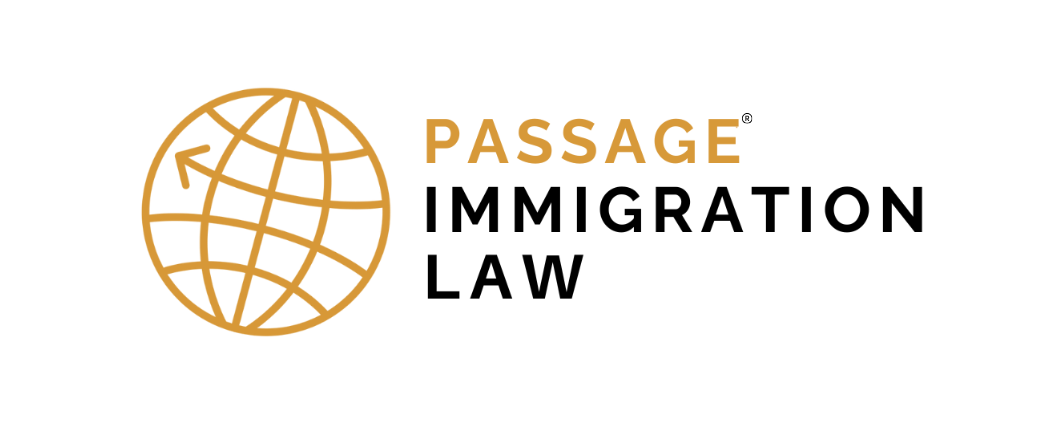Under U.S. law there are two forms of humanitarian protection systems for refugees:
- Asylum; and
- Refugee resettlement
While both are attempting to flee persecution from their home country, the procedure for each is very different. A person who requests protection while outside the U.S. and is thereafter granted permission to enter the U.S. is a refugee. By contrast, a person who requests protection while inside the U.S. or at a port-of-entry is an asylum-seeker.
Who is an asylum seeker?
An asylum seeker is someone who applies for protection from persecution while in the U.S. or at a port of entry.
Who is a refugee?
Much like asylees, a refugee is someone who is outside their country of nationality because of persecution or a well-founded fear of persecution on account of race, religion, nationality, membership in a particular social group, or political opinion.
Who does the Refugee Resettlement Program benefit?
Refugee resettlement in the U.S. is not available to everyone (including those who may be eligible for asylum). The Refugee Resettlement Program only protects certain persons, but three general criteria must be met:
- You meet the definition of refugee;
- Are outside the U.S.; and
- Are referred for U.S. refugee resettlement.
The U.S. Refugee Admission Program places refugees in three different categories. The category one falls under affects overall processing time. The categories are:
- Top priority (P-1): individuals who are referred by the United Nations High Commission of Refugees (UNHCR), a U.S. embassy, or some non-governmental organizations;
- Second priority (P-2): those who belong to groups of special humanitarian concern; and
- Third priority (P-3): individuals seeking family reunification.
Details about the refugee process can be found here.
Who is eligible for asylum?
Asylum status is available to people who:
- Meet the definition of a refugee;
- Are already in the U.S. or are at a port of entry; and
- Filed their application within one year of entering the U.S.
If you failed to file you application within one year of entry, their are a few exceptions that may allow you to apply”
- Changed circumstances materially affecting your eligibility for asylum;
- Extraordinary circumstances prevented you from filing in a timely manner; or
- The delay was a result of ineffective assistance of counsel.
If you are fleeing persecution in your home country and are already in the U.S. it is imperative that you contact an attorney as soon as possible to ensure that your application is timely filed.
